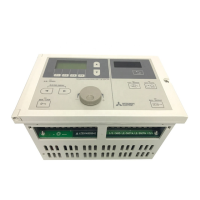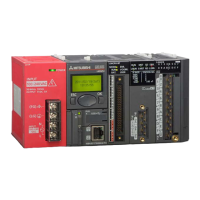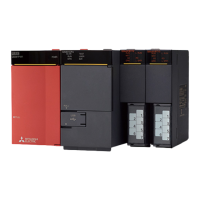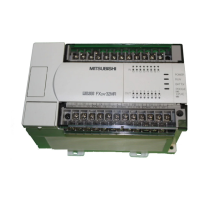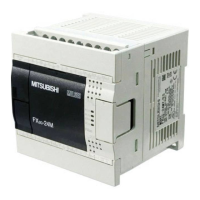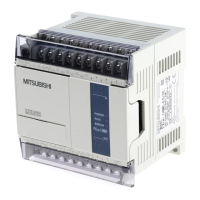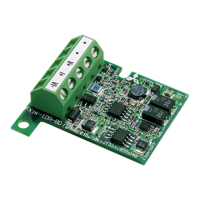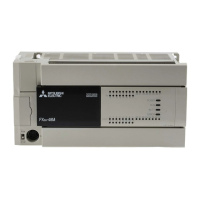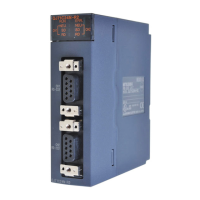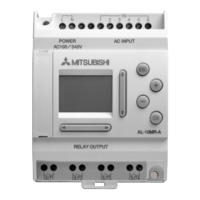123
CHAPTER 3 CPU MODULE FUNCTIONS
3
3.19 Executional Conditioned Device Test
● When setting a word device with a different data type, a device is regarded as the same device.
When a word device is set in the order of "D100 (16-bit integer)" and then "D100 (Real number (single precision))",
"D100 (Real number (single precision))" is registered.
● When setting a device with a different modification method (such as a bit-specified word device, digit-specified bit device,
or index-modified device), a device is regarded as a different device.
When a word device is set in the order of "D100.F" and then "D100Z0 (Real number (single precision)), both devices
are registered.
(b) Registration from multiple programming tools
The executional conditioned test setting can be registered to a CPU module from multiple programming tools.
Note, however, that if an executional conditioned device test setting is registered with the same device name in
the same step, the existing data are overwritten.
Before registering executional conditioned test settings from multiple programming tools, click the
button to update the registered data.
(c) Operation by different execution timing
Operation of the CPU module varies depending on the timing (either before or after an instruction of the
specified step) of changing a device value.
Note that, when registering the executional conditioned device test with particular instruction specified, a
device value may not be changed depending on the execution timing even after the specified step is executed.
The following instructions need to be noted.
Ex.
Ex.
Ex.
Ex.
[Program example]
[Operation]
Execution timing CPU module operation
Before executing an
instruction in step 101
After executing an
instruction in step 101
Processing
LD M0
10 20 120
Changes the D0 value to "20".
+ K100 D0
D0 value
Processing
LD M0
10 110 20
Changes the D0 value to "20".
+ K100 D0
D0 value
Register executional conditioned device test
that sets "20" to D0 in this step.

